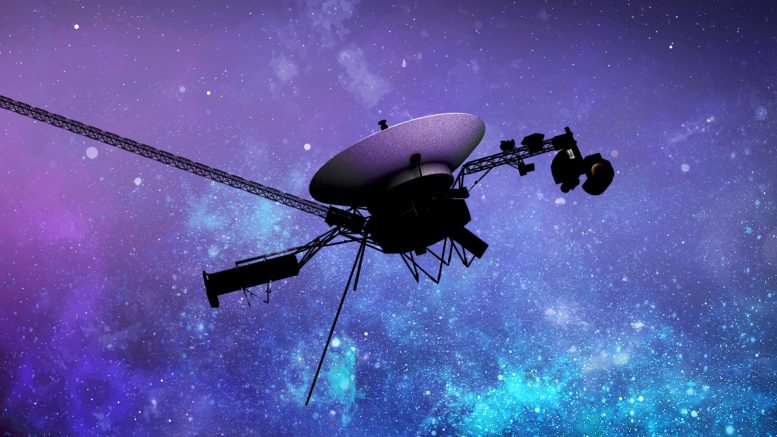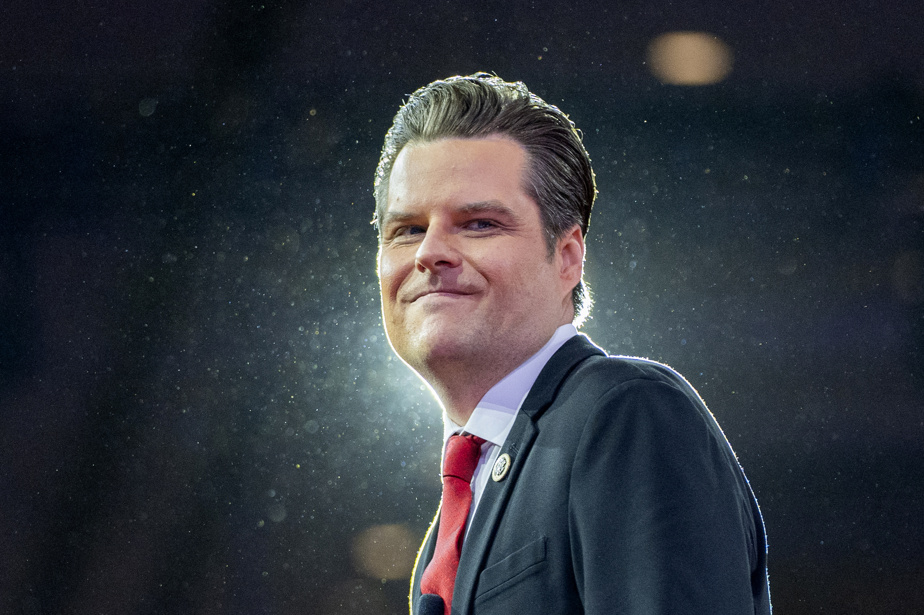
NASA’s Voyager 1, one of humanity’s most remarkable spacecraft, has successfully resumed transmitting engineering data after months of silence. This marks a significant achievement as engineers managed to troubleshoot complex hardware issues on a spacecraft that is over 15 billion miles (24 billion kilometers) from Earth.
What Happened to Voyager 1?
In late 2023, Voyager 1 encountered problems with its Flight Data Subsystem (FDS), the computer responsible for packaging and transmitting science and engineering data back to Earth. The malfunction was traced to a faulty memory chip that rendered the spacecraft’s data unreadable. Despite being unable to physically repair the chip due to the probe’s extreme distance, NASA engineers devised an innovative workaround: they redistributed the essential software across multiple segments of the onboard memory.
By April 2024, the mission team began receiving signals, confirming that the adjustments were working. After a nerve-wracking wait, the spacecraft finally sent engineering updates, allowing controllers to monitor the health of Voyager 1’s systems once again. This success took months of meticulous planning, including efforts to synchronize the probe’s onboard clocks and reassign key code components. With the restoration of these functions, scientists are now working on gradually resuming science data transmissions from all instruments onboard the probe.
Importance of Voyager 1 and 2
Both Voyager 1 and its twin, Voyager 2, launched over 46 years ago in 1977, have far exceeded their original mission plans. These probes explored the outer planets—Jupiter, Saturn, Uranus, and Neptune—before venturing into interstellar space, making them the only spacecraft to sample this distant region beyond the heliosphere.
Voyager 1 is currently traveling through interstellar space, offering invaluable data on cosmic particles, magnetic fields, and plasma waves. The recovery of its engineering data is crucial because it ensures the mission can continue transmitting valuable scientific insights from this unexplored realm.
Meanwhile, Voyager 2 continues to operate smoothly. These twin missions are not just technological marvels but also a testament to human ingenuity, as they have traveled farther than any other spacecraft in history. Voyager 1’s 22-hour communication delay (each way) reflects the enormous challenges involved in maintaining a spacecraft at such an extraordinary distance.
The Road Ahead
In the coming weeks, NASA engineers will focus on completing maintenance tasks, including fine-tuning software synchronization across Voyager 1’s onboard computers. The ultimate goal is to restart the full suite of scientific instruments, bringing the probe back to its prime mission of collecting interstellar data. This marks a vital step in maintaining one of humanity’s longest-running and most influential space missions.
The continued operation of the Voyager spacecraft highlights the importance of persistence in deep-space exploration, as these probes allow scientists to gain a unique understanding of regions beyond our solar system.
For the latest space exploration updates, visit Newsify.info, your go-to source for breaking science news and discoveries. For more in-depth information, NASA provides regular updates on the Voyager program through the NASA Voyager blog and the JPL website.









Leave a Reply